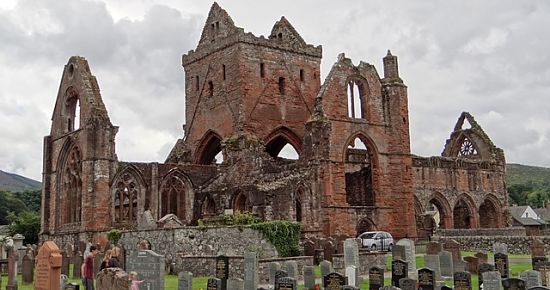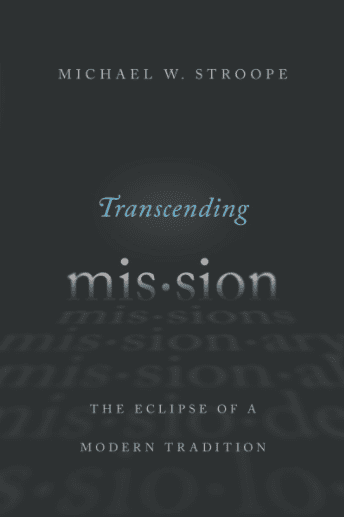Where is the church? I don’t mean directions, which we can get from Mapquest, but theologically: what makes a group of people a church vs. just a group? This leads to a famous discussion in the history of the church called the (visible) marks of the church. There are two groups of answers, and you tell me how you would answer our question for today: Where is the church? The answer begins with “Wherever…”.
 In their excellent and nuanced and new book, Matt Jenson and David Wilhite: Church: A Guide for the Perplexed (Guides For The Perplexed) sketch the two sides of this debate:
In their excellent and nuanced and new book, Matt Jenson and David Wilhite: Church: A Guide for the Perplexed (Guides For The Perplexed) sketch the two sides of this debate:
The first side, which I will call the Classic answer, is mostly a Catholic and Orthodox and therefore great tradition kind of answer:
The church is noted by:
1. One
2. Holy
3. Catholic, or Universal
4. Apostolic.
Jenson and Wilhite, who are free church theologians, think these four elements are a confession (“I believe in the one, holy, catholic and apostolic church”), and is more or less visible in our world. Some think the church is invisible (will be visible but not yet) and so this kind of discussion misses the mark, while theologians from the beginning have thought there is a visibility that can be seen — and these four marks of the church are the place to begin.
Yes, each of these terms is disputed and disputable: what does “one” (but only invisibly?) or “holy” (how holy?) or “catholic” (in the age of divisions, what can this mean?) and apostolic (don’t all claim this? who decides who is or who is not?) mean? So, yes, great ideas, but how useful are they? Then just think of Donatism, or 1054, or Avignon, or the Reformation. What do these events say to these terms?
The Classic answer isn’t quite enough, so there is a second answer: The Protestant categories. Protestants faced this question, and the Lutheran Reformation wasn’t just about justification but was part of the conciliar movement (so they say), and they came up with three “marks” of the church, but they ended up thinking more in terms of the quasi-visibility of the church instead of clear visibility or just invisibility:
1. Eucharist
2. Preaching the Word
3. Church discipline











